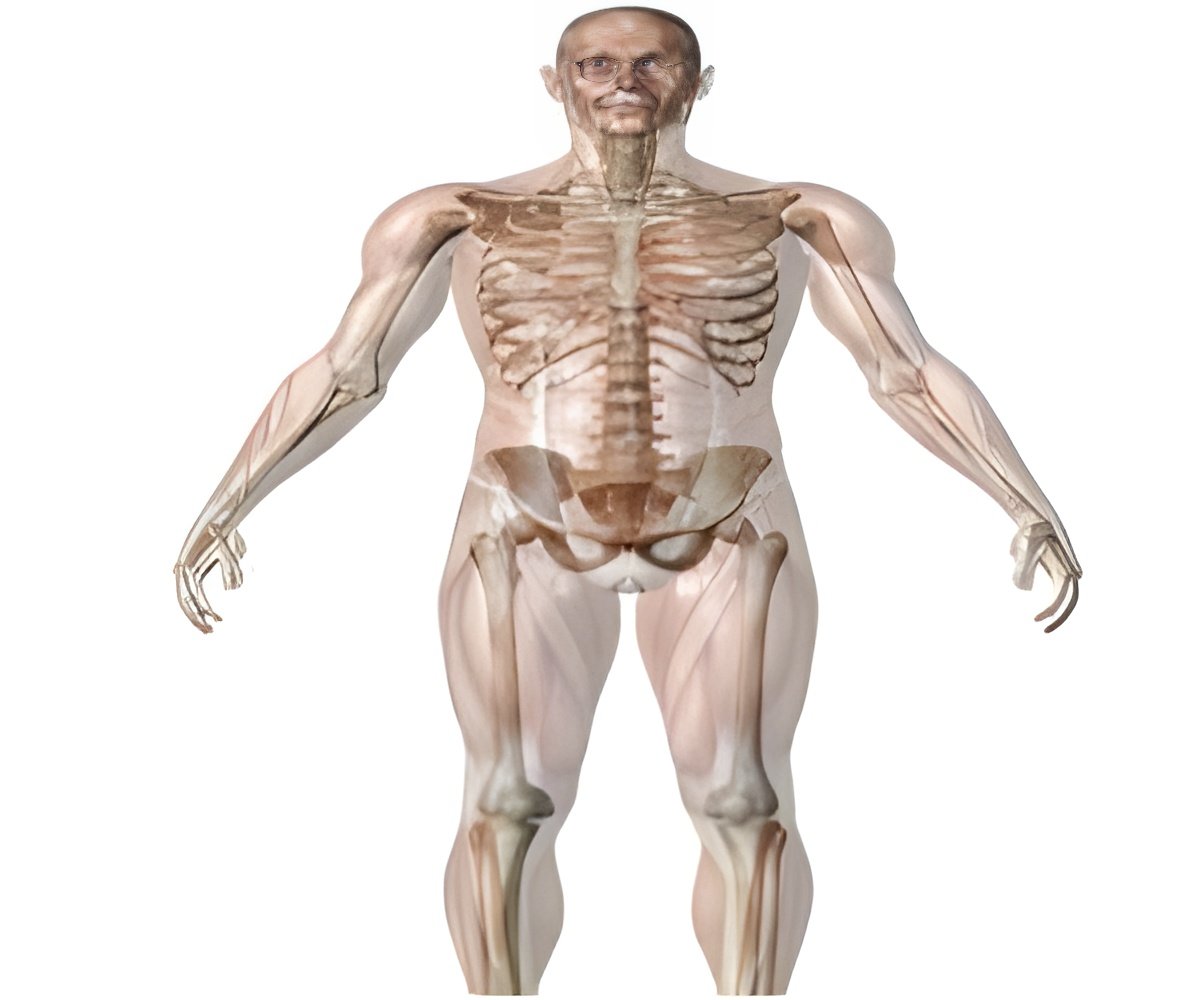‘Dystonia’ is a medical term for a neuro- muscular condition. It is more aptly described as a movement disorder.

Dystonia affects men and women; especially those above 40. Children may also be affected. As it is a progressive disease with unrecognized symptoms, it often goes unnoticed. Interestingly, dystonia is ten times more common than motor neuron disease. It is also a major symptom in about 50 diseases and conditions. Ethnic populations seem to be more prone to dystonia; those of European Ashkenazi Jewish descent are especially susceptible to early-onset primary dystonia.
Of the approximately13 types discovered, focal dystonias are the most common. Here, only one part of the body is affected. Writer's cramp that affects hand-based tasks such as writing is one example. Other types include dystonia of the neck, larynx, eyes or jaws. Rare forms of the disease include brief episodes of a part or the whole body affected.
Despite the difficulty in assessing the percentage of population affected, a few statistics are available. A 1998 study in Rochester, Minnesota estimated the frequency of the disease as 29.5 individuals per 100,000 for focal dystonias and 3.4 per 100,000 for generalized dystonias. An extensive European study in 2000 for the year 1996-1997 estimated the prevalence rate for primary dystonia at 152 per million. Of these, focal dystonias topped the list with the highest relative rate at 117 per million. Currently, in the U.K., there are an estimated 40,000 people living with the disease. In North America, the number is approximately 300,000!
Genetic factors seem to be the cause of primary or idiopathic dystonia. That raises the question ‘Is dystonia inherited?’ The answer is, in all probability, Yes!
If it develops in childhood, it is probably due to affected genes inherited from parents. Inheritance of generalized dystonia is due to the dominant nature of the gene(s) involved. This means, a parent affected with this type of dystonia has a 50% chance of passing the affected gene/s to the offsprings. Adults who develop dystonia may also have inherited a defective gene, though it is difficult to identify. On the other hand, not everyone who inherits an affected gene succumbs to the disease. Dystonia can also occur in individuals because of spontaneous mutations.
• Stroke
• Tumor
• Certain dopamine- blocking drugs used to treat psychiatric disorders
Regarding the course of the disease, it is difficult to estimate its duration. The unpredictability of its progression makes the situation tricky. Symptoms and their severity vary from day to day. For instance, focal dystonia progresses gradually over five years and then no further. On the other hand, there are also individuals in whom dystonia improves or even completely disappears without reason! However, statistics of such total remission is anywhere between one-in-ten to one-in-twenty.
One must remember that though dystonia is a chronic disorder, it generally does not impair the cognitive abilities of the affected persons. The only exception is when dystonia occurs as a symptom of another disease or condition.
Research is on to gain a better insight into the cause and treatment of dystonia. Research to identify the gene/s may unravel much of its mysteries and may help in its prevention and more effective cure.
Although there is no cure for dystonia yet, living with the condition is possible through effective management. Various treatment options ranging from drugs and the recent Botulinum toxin (Botox) injection to corrective surgery gives the doctors choices and helps in tailor-making the right treatment for a person. Physical therapy, that includes structured exercises for the affected part, is useful in focal dystonias.
Enrolling in a Dystonia support group can be advantageous. These groups assist affected individuals and their families to cope with the disability and the stress that stems from it. Interaction provides opportunities to avail information, indulge in community activities and comradeship.
Living with dystonia is possible-all it needs is a change in societal attitude, encouragement and support from family and friends.
Some useful sites that offer support are:
http://www.cafamily.org.uk/index.html
http://www.dystonia.org.uk
http://www.dystonia-foundation.org/pages/find_a_support_group/233.php
Source-Medindia






